


Two Kalamazoo College student organizations took a cooperative approach to conservation this year by testing the theory that one person’s trash can be another’s treasure.
The Environmental Conservation Organization (ECO) Club and Art Club got together to take recycling materials—such as cans, plastic bottles, cardboard, newspapers, magazines, toilet paper tubes, plastic bags, egg cartons and more—and express themselves in collaborative artwork for the sake of reducing waste.
Geneva Hannibal ’26, Claire Kischer ’26 and Gwen Crowder Smith ’26 have guided Art Club since the beginning of the calendar year with their president, Sage Lewis ’25, on study abroad.
“Art Club is special to me because as a biology major, I won’t regularly be taking art classes,” Hannibal said. “I really love art, and as a first-year student, Art Club gave me and my friends the opportunity, space, and materials to continue doing art in college. Art Club was described to me as a place for everyone to participate in the visual arts, especially for those who aren’t in art classes.”
She said Randa Alnaas ’27 of ECO Club was among the first to approach Art Club about working together. Saying yes to her was a no-brainer.
“Like most people our age, all three of us value sustainability,” Hannibal said. “I think the success of this will be that more students are interested in Art Club and ECO Club. We’d love to see more people come to us with ideas like Randa did, even if it isn’t for collaborations with other student orgs. Anything that gets students inspired to take on leadership roles or help with events is a success.”
Noah Pyle ’25, a task force leader for ECO Club, said busy schedules prevented cooperation between the groups last year, but once a get-together was on the calendar, securing materials proved to be easy.
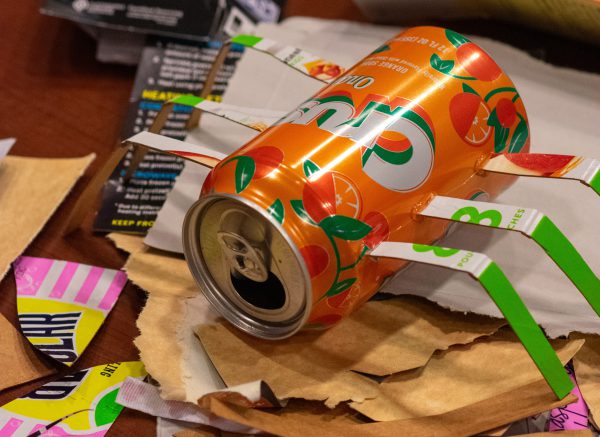



“We sent out emails to say if you have these items, and you’re willing to clean and donate them for our event, we’d be more than happy to take them off your hands,” he said. “We ended up getting a decent amount of material. Just from that request, we received enough for people to be at the event the whole time and keep busy making their projects.”
Shahriar Akhavan Tafti ’24 of ECO Club said the meetings with Art Club exemplified how K student organizations can come together in a liberal arts environment, foster a community that is environmentally conscious and artistically vibrant, and nurture a passion for the arts and sustainability.
“It’s nice being a part of ECO because sustainability is something that everyone cares about at K,” he said. “The possibilities for collaboration here are almost limitless.”
Students can find more information about ECO Club at bit.ly/ECO-CLUB or on Instagram at @kzooeco. They also can check out Art Club on Instagram at @kzooartclub.




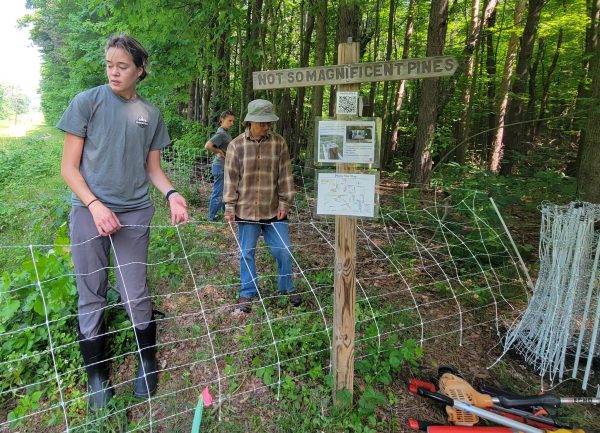

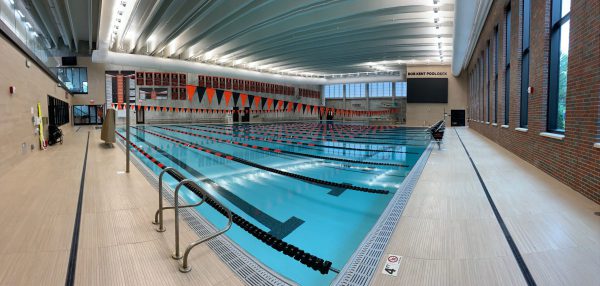
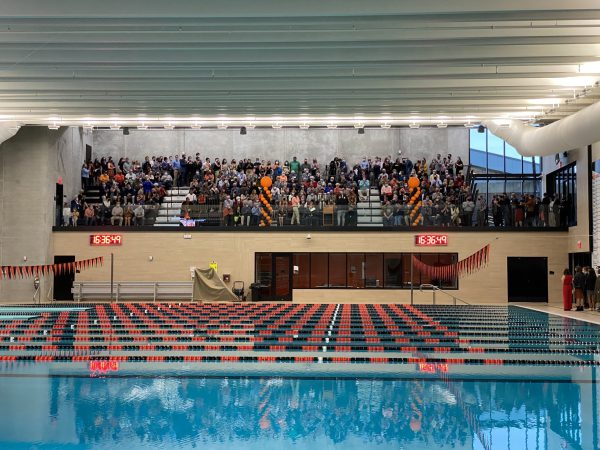
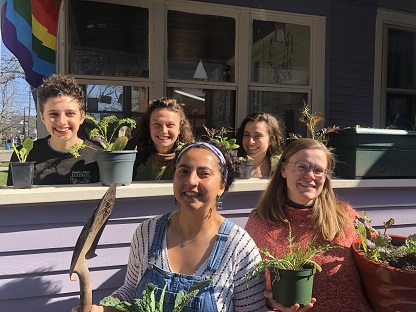






 Kalamazoo College faculty, staff and students are invited to an Imagine
Kalamazoo College faculty, staff and students are invited to an Imagine